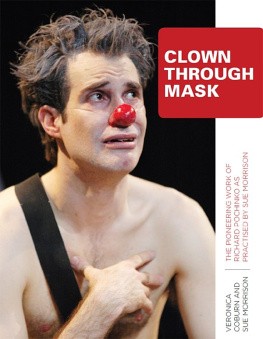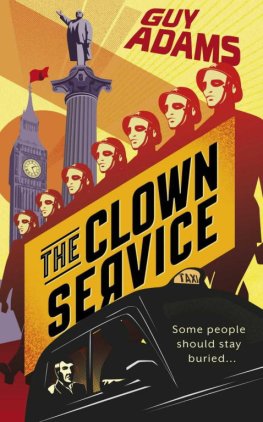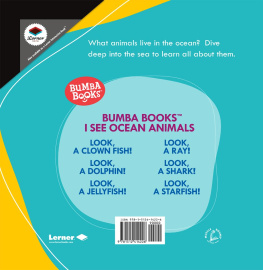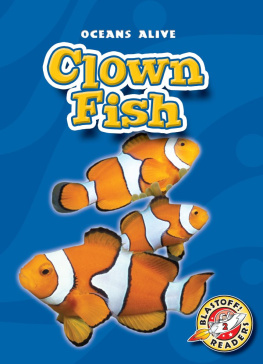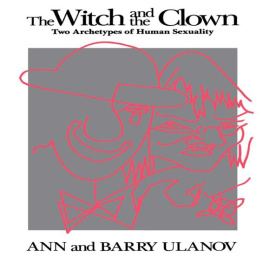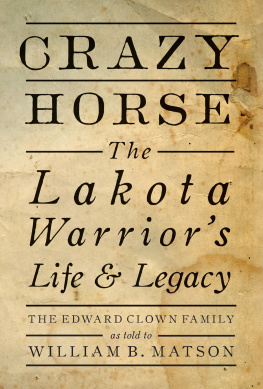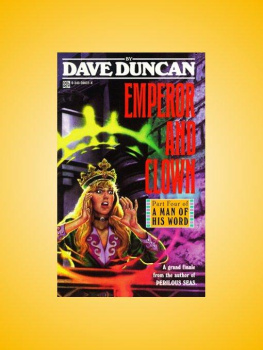Clown Through Mask
The pioneering work of Richard Pochinko
as practised by Sue Morrison
Clown Through Mask
The pioneering work of Richard Pochinko
as practised by Sue Morrison
by Veronica Coburn and Sue Morrison

First published in the UK in 2013 by
Intellect, The Mill, Parnall Road, Fishponds, Bristol, BS16 3JG, UK
First published in the USA in 2013 by
Intellect, The University of Chicago Press, 1427 E. 60th Street,
Chicago, IL 60637, USA
Copyright 2013 Veronica Coburn and Sue Morrison
All rights reserved. No part of this publication may be reproduced, stored in a retrieval system, or transmitted, in any form or by any means, electronic, mechanical, photocopying, recording, or otherwise, without written permission.
A catalogue record for this book is available from the
British Library.
Production manager: Tim Mitchell
Cover designer: Holly Rose
Cover photo: Eric Davis in Absence of Magic by Eric Davis & Sue Morrison.
Directed by Sue Morrison. Photo by Maike Schultz
Copy-editor: Emma Rhys
Typesetting: John Teehan
ISBN 978-1-84150-574-9
Printed and bound in Great Britain by Bell & Bain Ltd., Glasgow
Contents
Production Photos
PREFACE
I n 1993 I formed a theatre company, Barabbas, in Ireland with Mikel Murfi and Raymond Keane. Barabbas mission statement was to be influenced by the traditionally European disciplines of Clown, Bouffon and Commedia dellArte. We launched our company with a festival of work featuring three diverse shows Come Down From The Mountain John Clown, John Clown; a highly physical, bouffonesque version of Shakespeares Macbeth; and Half Eight Mass Of A Tuesday which told a gentle tale of village prayer with rod puppets and miniatures. Barabbas went on to achieve great success. The company toured nationally, and internationally to England, Wales, Scotland, France, Denmark, Germany, New Zealand and America, with a number of works, most notably, a dynamic version of an old Irish play The Whiteheaded Boy by Lennox Robinson which was programmed in BAMs Next Wave Festival in 1999. Barabbas mission statement was refined, within the first few years, to focus on clown as the companys core discipline. The company continued to maintain a dedication to a broad theatrical landscape, the company did not always perform in red nose, not every show was a clown show, but the spirit of clown underpinned everything. It was our guiding light.
Mikel moved on from the company in the millennial year. I departed in 2007. At that time the company had produced seven full length clown shows, the companys work had inspired the Dublin International Theatre Festival to programme its first focus on clown theatre in 1994, and I had written my first play, a red nose version of Herman Melvilles Moby Dick set in the Irish midlands. Barabbas had also won the Entertainment Award at the Pan Celtic Film & Television Festival for a series of 87 clown sketches that were broadcast under the name Barabbas. My final piece of work with the company was an evening of Oirishness with a hundred-strong choir and four clowns in Irelands National Concert Hall for St. Patricks Festival 2007. The highlight of that show was a rousing rendition of the popular classic, Amos The Leperman, taught to generations of Irish children in preparation for their First Holy Communion. And then, in 2007, having moved on from Barabbas into what I thought were post clown years, I encountered the work of Richard Pochinko, Clown Through Mask, in a week long workshop led by Jonathan Young of Shams Theatre under the auspices of The London Mime Festival. It was to be a significant encounter.
For Barabbas I had taught clown along European methodological lines. Mikel had attended cole Jacques Lecoq and Barabbas way of teaching was based on our practice which was strongly influenced by Lecoqs principles. I remember always feeling a level of frustration teaching clown. It is a notoriously difficult discipline and it seemed to me that the European approach didnt equip students very well. Students succeeded or failed, when they did succeed it was via failure, but there was nothing to support them in their efforts. The red nose is a mask and it reveals who we are. To work in red nose necessitates a degree of knowledge of self. In the European tradition, that knowledge is divined by the teacher. The student learns about him/herself through the teachers eyes; made explicit in the teachers reaction to his/her work. The student is reliant on the teachers greater knowledge. The student is not equipped or empowered to gain or utilize knowledge for his or her self. Then, in January 2007, in a room above a nightclub in Brixton I discovered Clown Through Mask, a pedagogy developed in the 1970s and 1980s by Canadian Richard Pochinko, that reversed that balance of power by providing a system of work that facilitated the acquisition of required knowledge for students. Clown Through Mask also provided a structure for that knowledge to be utilized in performance.
Richard Pochinko died in 1989. The premier teacher of Clown Through Mask today is Toronto-based Sue Morrison. Sue Morrison apprenticed with Richard Pochinko from 1985 to 1989 and she teaches a comprehensive Clown Through Mask module over five weeks in her home city every January/February. Having tasted the work with Jonathan in London, I decided to go to the source and signed up for Morrisons Clown Through Mask workshop the following year. It was an intense and transformational journey and my expectations were exceeded. I had found in Morrison a teacher of rare ability and I had found in the work, in Pochinkos pedagogy, a way to teach clown that dispensed with all my previous dissatisfactions. Encountering Clown Through Mask was a homecoming for me. What I loved about clown was honoured. How I practised clown was validated. And I had found the answer to the question that had troubled me for many years how best to teach the art of red nose.
Having completed Clown Through Mask with Sue, I suggested that we work on a book together, a book to notate Richard Pochinkos original pedagogy, a book to highlight Sue Morrisons teaching of it, a book for theatre practitioners to facilitate an understanding of modern theatre clown. This book, for me, is the culmination of years of practice. It is a labour of love. In Sue Morrison I found my perfect collaborator. She has knowledge and wisdom that challenges my own. And she is the keeper of this most extraordinary system of work.
The process for writing this book evolved over time. Its base layer was formal interview, notated, and hours of casual conversation. We talked of all things clown. The next layer was observation. I observed Sue teaching. I observed students encountering the work. I interviewed students as they negotiated Clown Through Mask. This, alongside my own experience of the work, gave me a comprehensive viewpoint from which to write. The final layer was more discussion after the first chapters were written, after the first complete draft and after each subsequent draft.
The structure of the book, deciding how to talk about this work, became apparent when I sat down to write. Clown is a notoriously difficult discipline to teach. Clown progress is a classic case of one step forward and two steps back. Also, learning in a clown class is a distinctly individual thing. What one person learns today another student will be ready to learn tomorrow. I wanted to reflect that in the book. So, the book is structured to do a number of things. Provide a context within which Richard Pochinkos pedagogy and Sue Morrisons teaching of it is considered. That context provides a simple understanding of the origin of societal and theatrical clown and an opinion of the current status of clown theatre. Provide a detailed notation and a philosophical understanding of the pedagogy that is Clown Through Mask. This is done through a chronological description of the work as it is taught. The descriptive voice has four strands: objective explanation of exercises; Sue Morrisons first person voice, always presented in italics, detailing her guidance/instructions whilst teaching; an unfolding description of the exercises as the students engage with them; and a philosophical overview that considers the work in a larger context. The decision to switch from one narrative voice to another is informed by the ebb and flow of a class. A clown class is an unruly thing. Students learn when they learn not at scheduled moments of enlightenment so the text reflects this unruly headiness. The discipline of clown, like anything, can be easily captured in words. I could deliver a series of succinct paragraphs to articulate teaching point after teaching point. I felt it was more useful, more appropriate, more representative, to present in text what it is like to actually stand in a room and wrestle physically, emotionally and intellectually with the art of clown.
Next page
